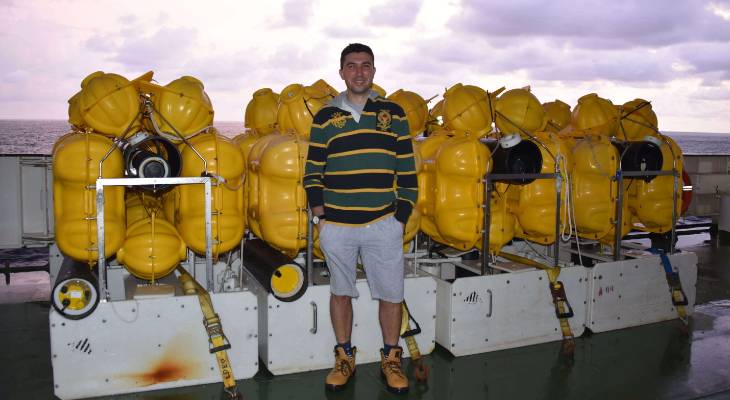Maltese scientist part of international team to make a discovery about Earth’s internal mechanism
Dr Matthew Agius is the primary author of the study, recently published in the prestigious ‘Nature’ journal.
A round of applause is in order! Dr Matthew Agius is a Maltese seismologist part of an international team to make an insane discovery about the Earth’s internal mechanism. And when you read about it, your mind is going to be blown.
The international team identified for the first time ever, the presence of a zone in the Earth’s mantle below the mid-Atlantic Ocean, which is thinner than average and is characterised by high temperatures. After quite some extensive research and a publication later, Dr Matthew Agius shares details on the study – which was even published in the prestigious ‘Nature’ journal. How cool is that?
The incredible project
In 2016, a team of scientists went on a mission to the Mid-Atlantic Ocean to explore the mysteries of plate tectonics. The mission, nicknamed PI-LAB, was to scan deep beneath the Mid-Atlantic Ridge using seismic imaging techniques.
“Thirty-nine seismometers were placed on the ocean floor, in the middle of the Atlantic Ocean, and recorded seismic activity from around the world for a whole year. Thanks to the analysis of these data, the Earth's internal structure has been revealed to depth down to 700 km,” Matthew explains.
“We found evidence of an upsurge of matter from deep beneath the Earth’s crust that could be pushing the continents of North and South America farther apart from Europe and Africa. The results obtained offer a new image of how the Earth's internal dynamics are related to the formation and movement of tectonic plates at the surface of the Earth".
In total, the scientists spent 10 weeks at sea, deploying and recovering the stations. The high-quality seismic data was then analysed to reveal Earth’s hidden mysteries. And boy, were they mysterious...
We’ve all heard the theory of plate tectonics in some science or geography class of some kind. This theory has been established for over 50 years, with the plates being the cause of mountain formations, the opening of oceans, as well as most catastrophic natural events.
“What mechanism is capable of moving these plates on the Earth’s crust is a hotly debated topic among scientists and so far what happens under the ocean has been thought to have only a secondary function; the primary function being the force of gravity that pulls the plates down at subduction zones,” the team explains.
“The observations imply material transfer between the lower and upper mantle that is linked to the ridge above,” an interactive video explains. “This suggests that whole mantle convention may be more prevalent than previously thought and could play a role in driving plate tectonics.”

“Now, for the first time, it is being established that under the Atlantic Ocean there are high temperatures and conditions that make it easier for material to rise from a depth of more than 600 kilometres to reach the Earth's surface. The study is very promising because it gives a new explanation of the opening of the Atlantic Ocean.”